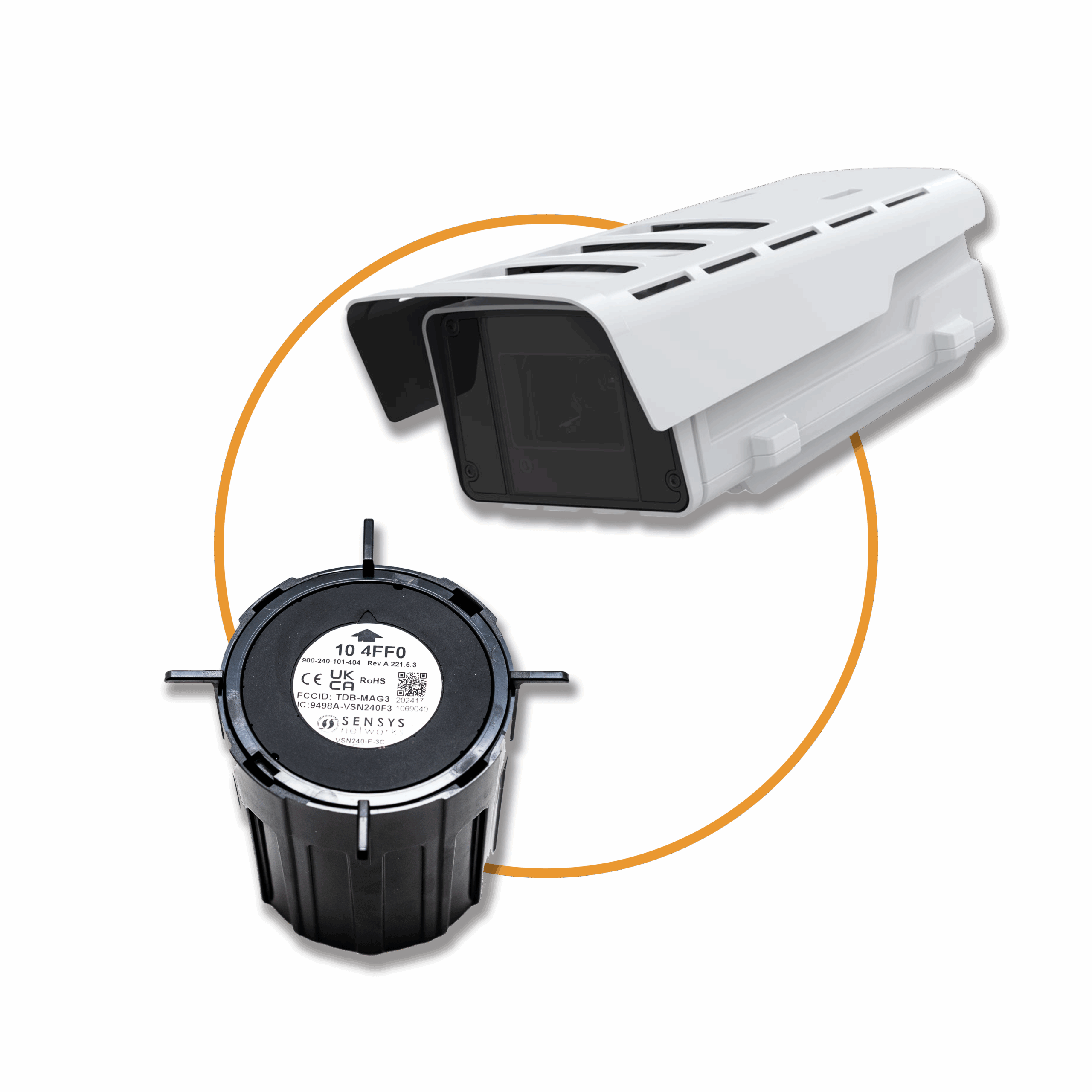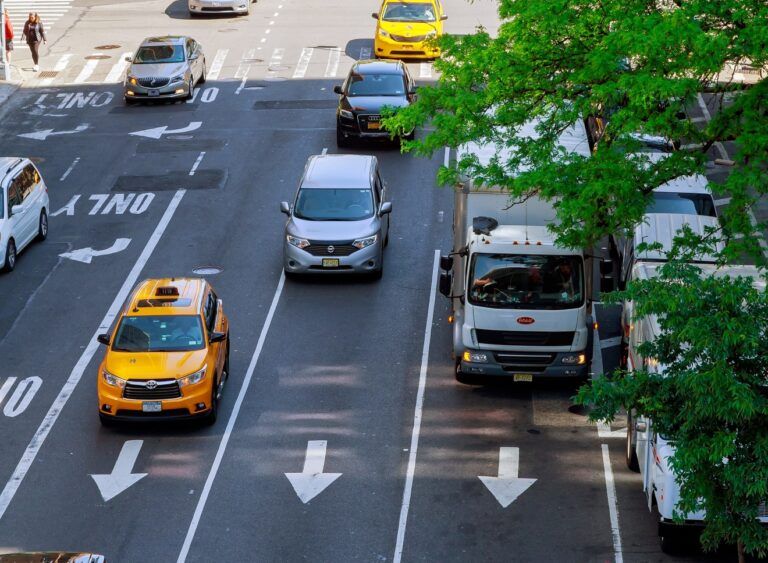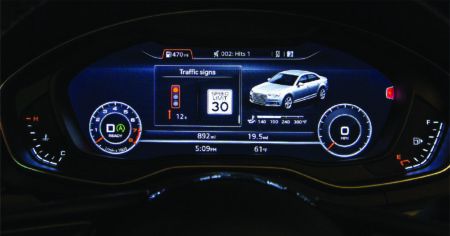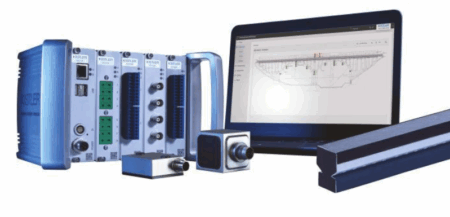Modern traffic management systems require higher accuracy and adaptability to handle the complexities of urban and suburban roadways with a growing population and diverse modes of transportation. Signal actuation and traffic data collection have long relied on a single-technology approach, which can struggle with environmental challenges, occlusion issues, and the growing need to detect vulnerable road users (VRUs). A new approach combining AI-powered video analytics at the intersection with wireless in-road sensors for advance detection addresses these limitations through true sensor fusion.
A hybrid approach to detection
The new MultiSens Intersection from Sensys Networks recognizes that different applications and detection locations benefit from different detection solutions. The system incorporates cameras with video AI at the intersection, which excel at comprehensive scene analysis – detecting vehicles, motorcycles, bicycles, scooters, and pedestrians across all approach lanes simultaneously – with an algorithm built on years of video processing and deep learning expertise. This video AI technology can be extended with an additional application that automatically detects and alerts users about incidents such as wrong-way drivers or stalled vehicles.

MultiSens Intersection also leverages wireless in-road sensors that can be placed long distances from power and networking sources to provide precise, lane-specific detection at midblock locations where other technologies are often obstructed by trees, curves in the roadway, or other vehicles. These sensors can also measure road temperature, adding valuable data for winter maintenance.
Superior detection
The advantage of this sensor combination is that each detection technology contributes distinct accuracy advantages that complement the combined system, significantly reducing both false positives and missed detections in varying environments and conditions compared to single-sensor approaches. The video AI component leverages deep learning to automatically recognize and filter out adverse weather and lighting conditions, while the wireless geomagnetic sensors are immune to environmental factors such as rain, snow, fog, glare, or shadows.
“MultiSens Intersection from Sensys Networks recognizes that different applications and detection locations benefit from different detection solutions”
In addition, MultiSens Intersection differentiates between vehicles and VRUs, such as pedestrians and cyclists, so signal timing can be adjusted accordingly, supporting both traffic flow optimization and safety improvements. A key innovation in this new system lies in combining these detection technologies into a unified software platform that processes traffic detections from both sources simultaneously. Rather than operating as separate systems, the platform collects and correlates all detection data, ensuring comprehensive traffic analysis and seamless signal actuation. Additionally, the detection technologies are configured and monitored within unified software tools, streamlining maintenance and operations.
Furthermore, by performing edge processing directly on AI-enabled cameras (compatible with several models), latency and bandwidth demands are reduced, enabling real-time signal actuation and timing adjustments.
Scalability and future-readiness
The installation is simplified by providing both power and data transmission through Power over Ethernet cables to cameras and radios. This not only reduces installation complexity, cost, and ongoing maintenance requirements, but also makes it easier to expand incrementally as traffic management needs evolve.
The MultiSens gateway serves as the primary hub of the system, and its design supports multiple sensor types with scalable processing power, allowing installations to expand capabilities over time. Organizations can begin with basic detection and signal actuation, then add advanced analytics, incident detection, and adaptive signal control as requirements develop. This scalability makes sophisticated traffic intelligence accessible to municipalities with varying technical and financial resources.
Urban traffic management
The integration of multiple detection technologies delivers tangible benefits for cities and transportation authorities. Real-time classification enables safer signal phasing for VRUs, while accurate midblock detection improves traffic coordination, reducing unnecessary stops and travel times. The combination of detection metrics and traffic visualizations provides actionable insights for long-term planning. Deployment and operational complexities decrease with a unified configuration and diagnostic UI, eliminating the hassle of managing multiple vendor systems, while installation costs are reduced through simplified power requirements and cabling.
By combining the strengths of video and wireless sensing, MultiSens Intersection offers agencies an evolution in detection technology with measurable improvements in traffic signal performance and operational efficiency.
This article first appeared in the August issue of TTi





